Japan’s four seasons
spring, summer
Japan’s four seasons
autumn, winter
A Journey into the Beauty of Japan
Japan’s four seasons
spring
Setsubun
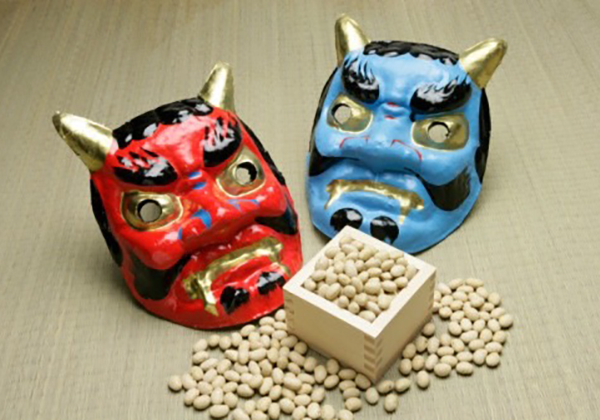
A Japanese custom to drive away evil spirits and bring good fortune on Setsubun.
Omatsuri

The festival is a lively celebration of Japanese culture, filled with colorful costumes,traditional dances, and exciting music.
Hanami-Sake

Hanami Traditional Japanese practice of enjoying cherry blossoms while sipping sake.
Tango-no-sekku
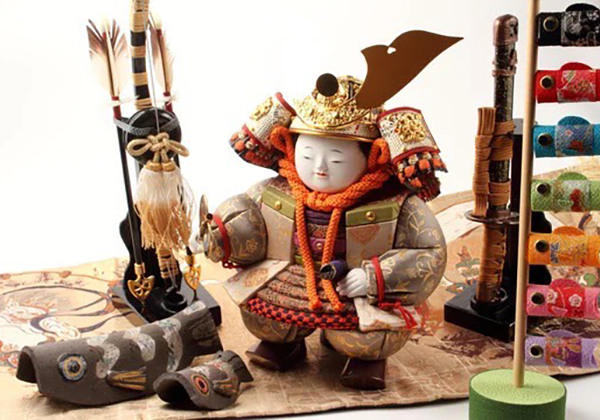
This event is held every year on May 5 to celebrate the birth of a boy and pray for his peaceful growth.
Koinobori
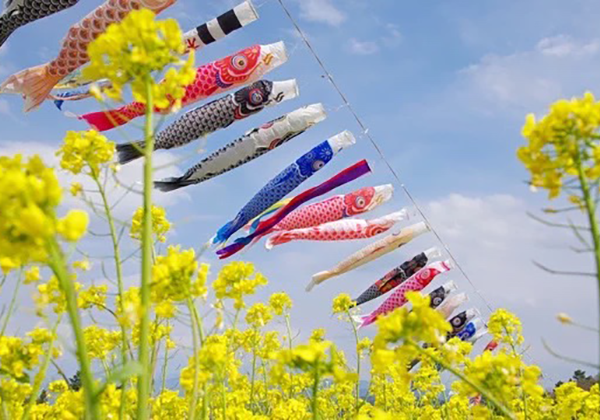
Carp streamers soar high, symbolizing strength and victory, a May 5 event.
Hinamatsuri
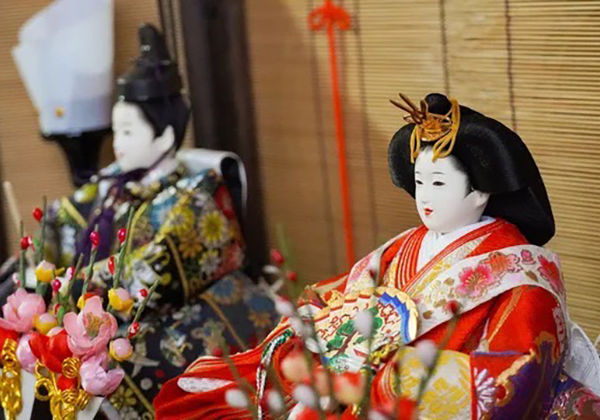
This traditional Japanese festival celebrates the growth and happiness of girls with beautiful hina dolls and traditional decorations.
Sakura
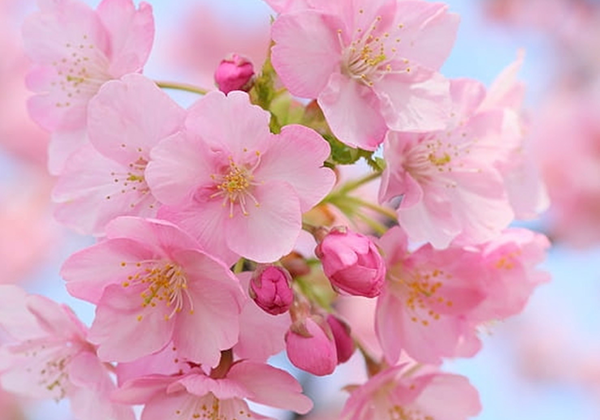
Cherry blossoms are beautiful flowers that bloom in spring, representing Japan. The petals vary from light pink to bright pink.
Sakura Mochi

Sakura Mochi is a Japanese confectionery associated with cherry blossoms, and consists of rice cake sweets wrapped in cherry leaves.
Summer
Kakigori
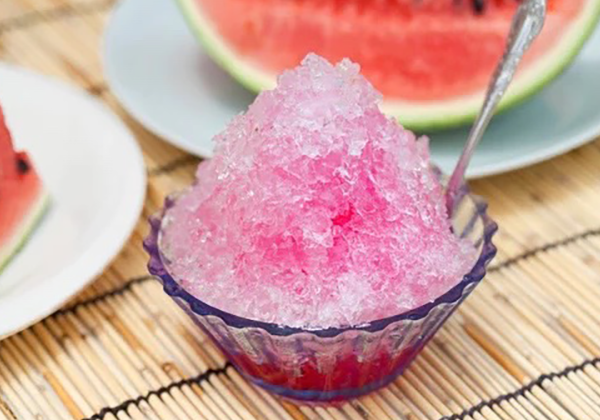
The transparency of the thinly shaved ice creates a cool feeling. It is served with strawberry, melon, green tea,or other syrups.
Yaki- Tomorokoshi
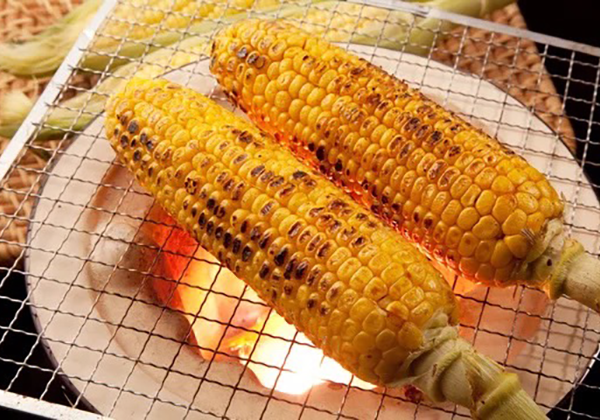
Yaki- Tomorokoshi It is grilled corn. The sweet and savory flavor of butter soy sauce is irresistibly delicious.
Nagashi-Somen
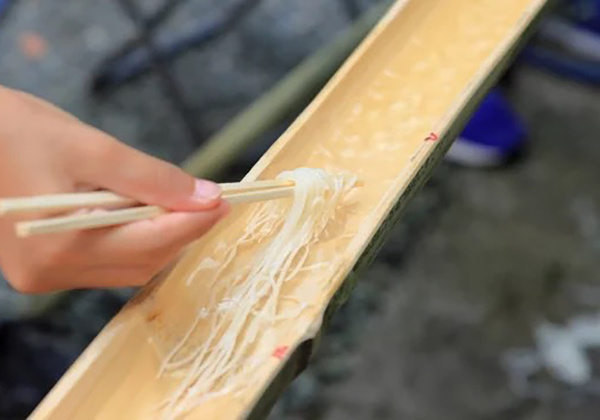
Thin buckwheat noodles are split in two and placed on a bamboo stick, then washed down with water and dipped in a special sauce.
Bon Odori
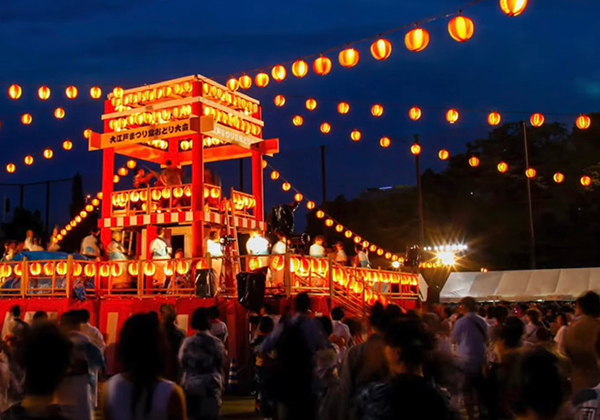
Japanese traditional dance where people wearing yukata dance in a circle around a tower.
Dango

Dango Grain flour is kneaded with water, rolled into small balls, and eaten with soy sauce, bean paste, soybean flour, etc. Traditional snack
Katori-senko
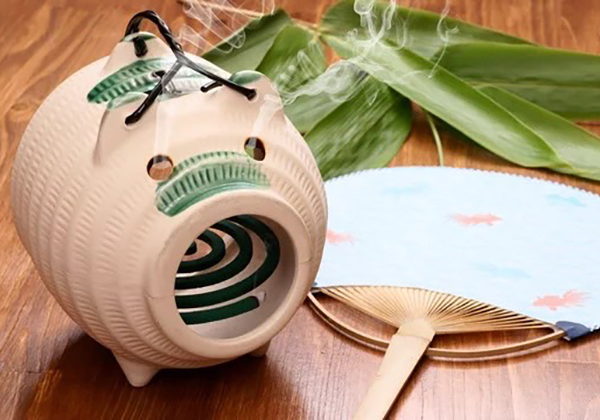
Mosquito coils are an ancient insect repellent that keeps mosquitoes at bay.
Hanabi
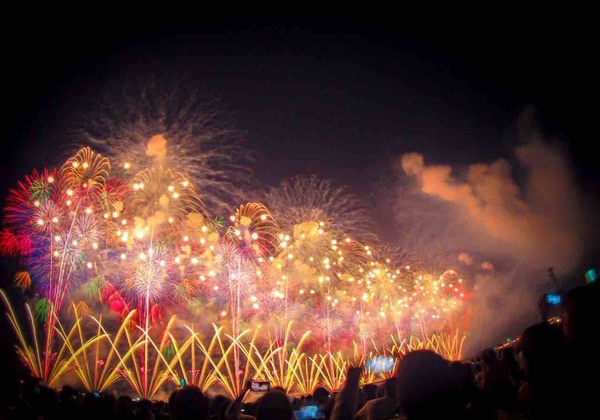
Fireworks are one of the most popular summer traditions. Many people enjoy handheld fireworks with their families or enjoy watching a dynamic and beautiful fireworks display.
Furin
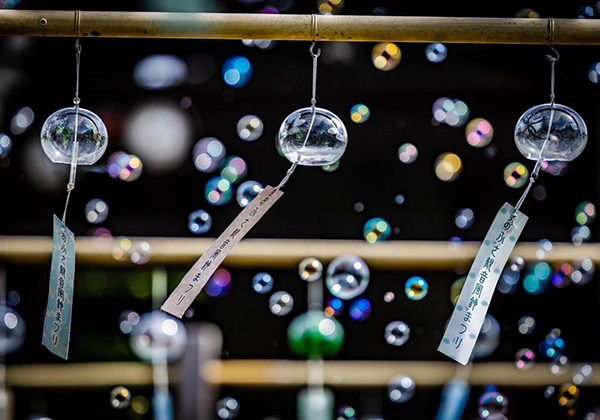
Furin In summer, many people are soothed by the cool sound of wind chimes madeof glass. It is a traditional Japanese culture.
Autumn
Sanma

This fish is in season in autumn and is very tasty, grilled and eaten with a salty flavor.
Otsukimi

As summer passes and the weather begins to cool down, watching and enjoying the full moon at night is a typical Japanese autumn tradition.
Kuri(Chestnuts)

They are not a vegetable but a fruit on the tree. Chestnuts are in season fromSeptember to October.
Ine Karitori
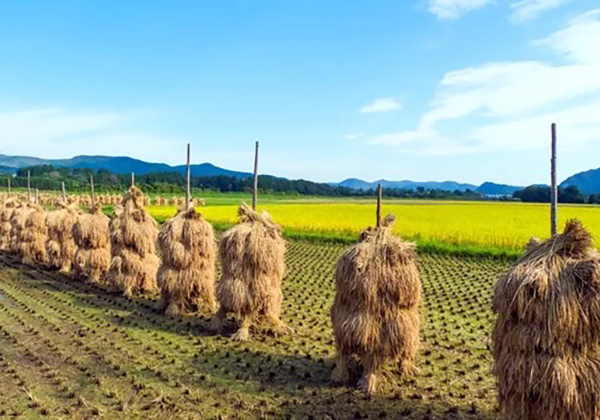
Reaping the grown rice. This is a very precious time in Japan, where rice is the staple food.
Karakasa
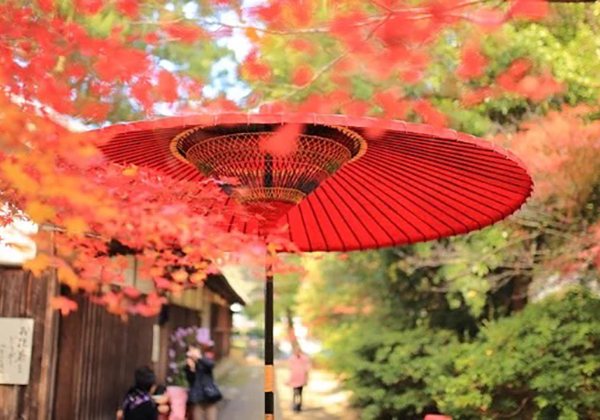
A split bamboo bone covered with paper and oil, with a handle attached so that it can be opened and closed with a hammer.
Oni no Mai
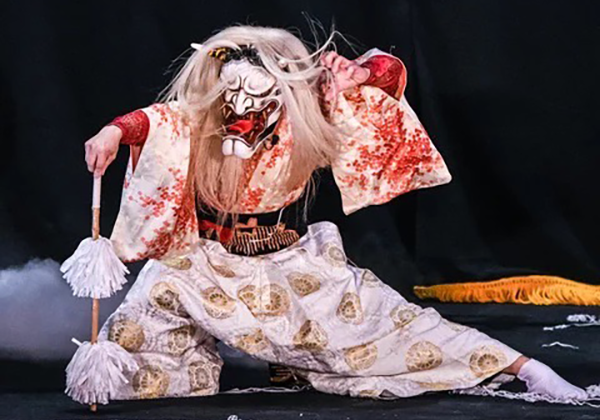
A traditional art form in which a person wearing an ogre’s mask appears.
Genkoan
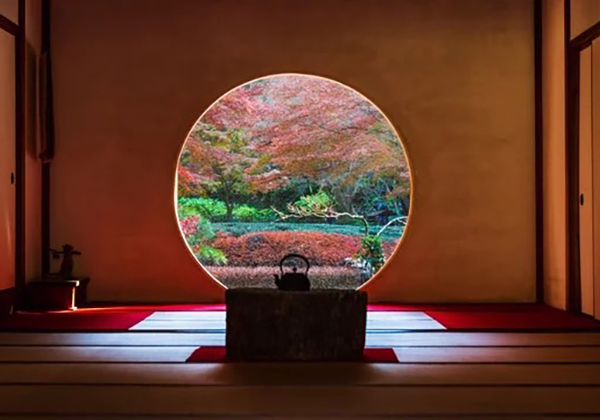
The circular shape of the Window of Enlightenment represents the mind of “Zen and Entsu” and the circle represents the macrocosm.
Koyo
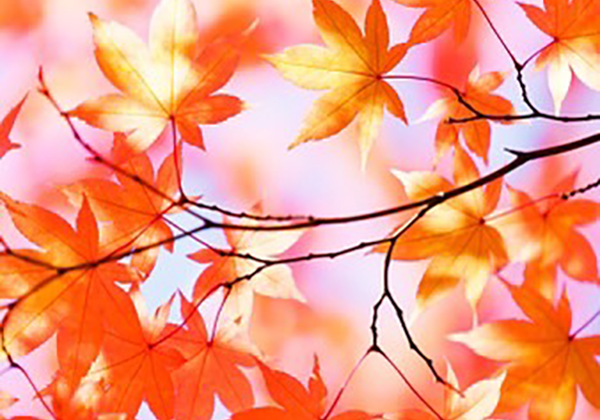
The seasons change: cherry blossoms in spring and autumn leaves in fall. The colorful leaves are breathtaking. beautiful fireworks display.
Winter
Mochitsuki
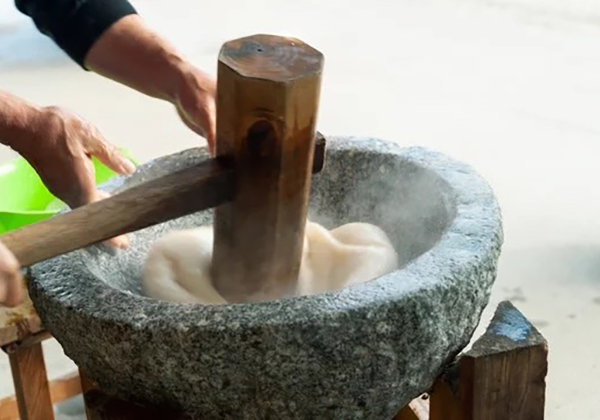
It is said to be an event to make rice cakes between January 1 and January 7 to wish for “prosperity of descendants” and “prosperity of the family.
Ski
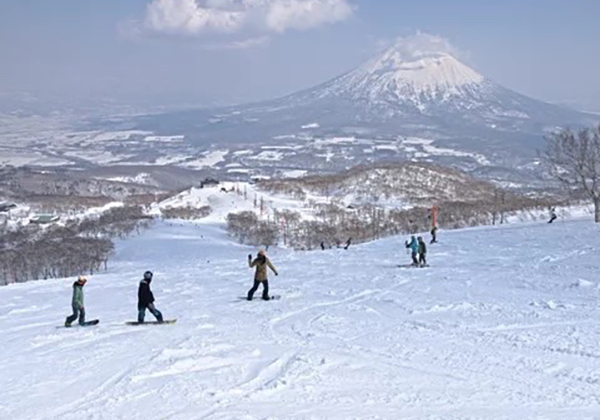
Japanese ski resorts are very popular for their powder snow. Skiers from all over the world visit Japan in search of powder snow.
Bonsho

A temple bell is a bell hung in the belfry of a temple. Ringing the temple bell on New Year’s Eve is an annual event on New Year’s Eve.
Shika

They are found everywhere in Japan. There are three species.
Oden
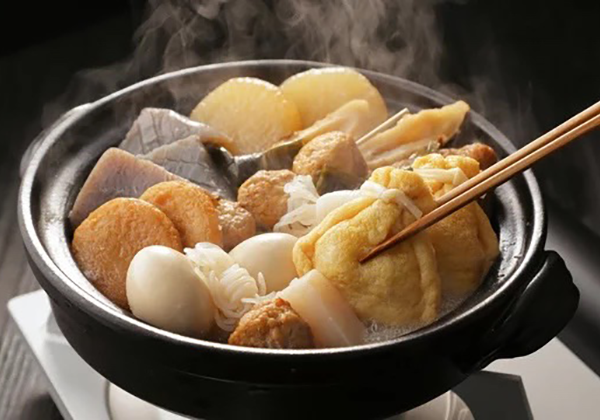
It is a type of stew. It is seasoned with dashi (soup stock) made from dried bonito flakes and kelp, and simmered for a long time with various ingredients. it is said to be a food of the 14th century.
Yukidaruma
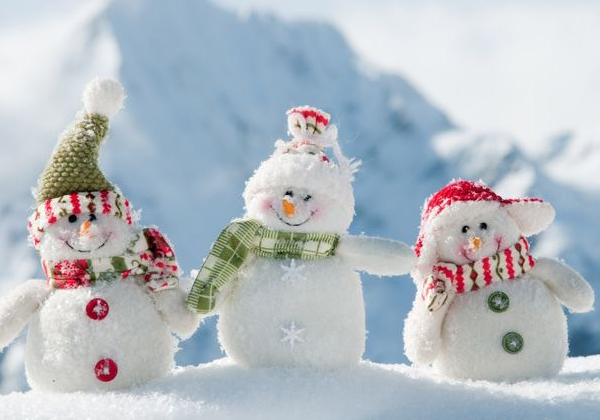
Snowmen are made by rounding up snow. They enjoy using buckets or hats, brooms for hands, and more recently, other sundries and clothing.
Shimaenaga

They are called Hokkaido‘s “snow fairies” because of their white fluffy bodies, dull eyes, and their round, cute looks.
Ginsekai

A “silver world” is “a landscape where snow has fallen and the whole area is covered in platinum white.
A Journey into the Beauty of Japan
Zen
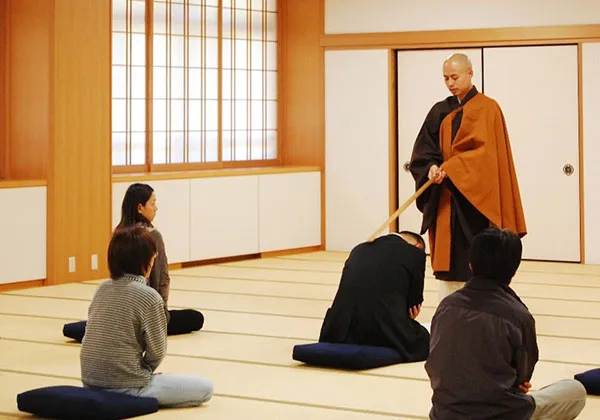
Experience inner tranquility through Zen meditation. Sit in focused stillness, observe thoughts, and nurture self-awareness.
Oyoroi

Oyoroi It is said to protect you from enemy weapons and to convey your strength and value to others through your appearance.
Katana
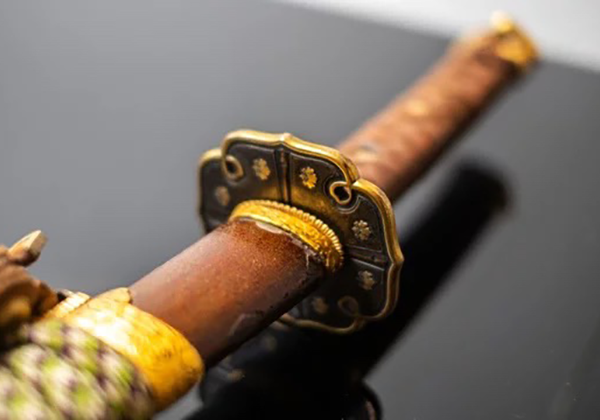
The blade is made of high-quality tama-hagane (tama-hagane, a highly pure steel) and is forged repeatedly so that it does not bend or break even when subjected to
strong impacts.
Sumatakyo
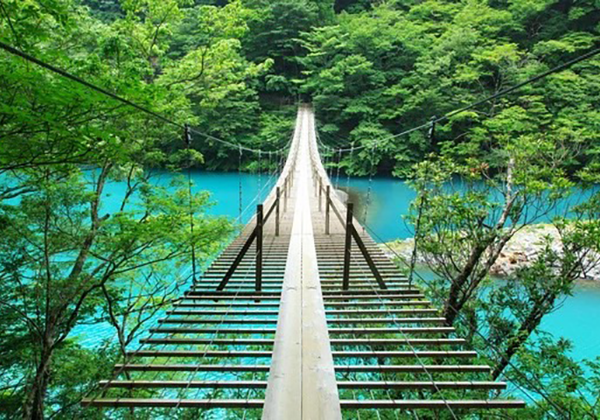
A suspension bridge over a dam lake. It has the meaning of a fantastic bridge that one might dream of, and the meaning of a bridge that one might dream of being afraid to cross.
Uzushio

A whirlpool is seawater that flows violently in a whirlpool. It tends to occur in places where the direction and speed of the tidal currents and the difference between ebb and flow is large.
Tsuru-Origami
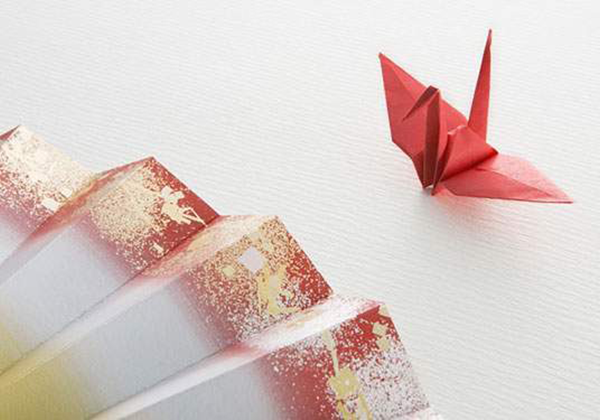
It is made by weaving colored paper with all one’s heart, which is meant to celebrate and bring happiness.
Toki (Japanese crested ibis)
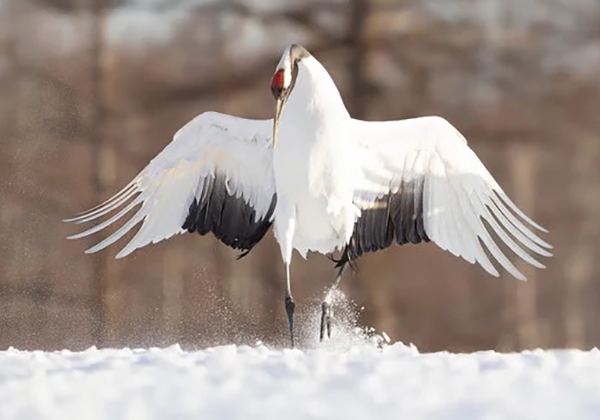
It is an endangered bird, and only 600 of these precious birds exist in Japan.
Temizuya Tezui
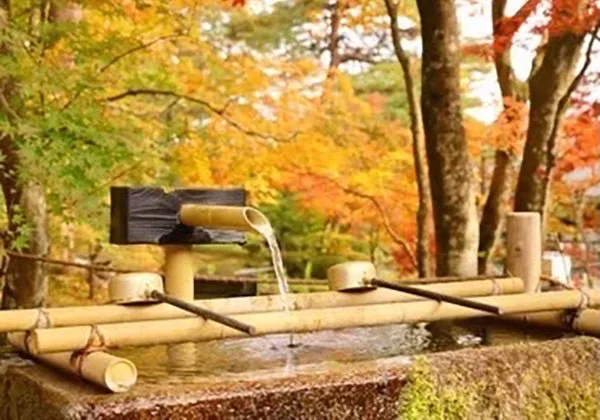
Temizuya Tezui refers to the act or water used to cleanse the hands and mouth before visiting a shrine or temple. The facility where this is done is called a “tezumisha.
Kingyo
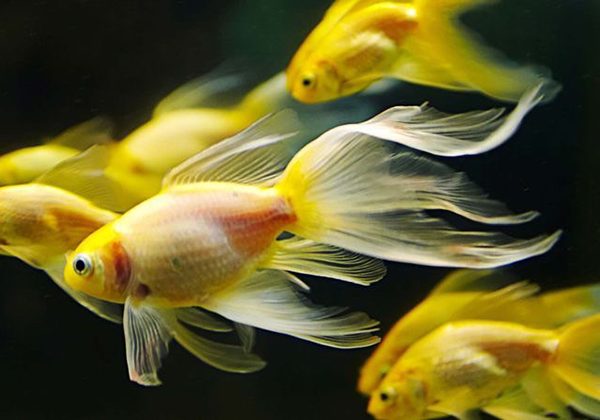
An ornamental fish born as a result of repeated breeding for ornamental purposes. They are popular all over the world because they are
easy to keep.
Maiko-san

A maiko is a girl whose job is to add entertainment to banquets with dance and musical performances in Kyoto’s five districts (Kamishichiken,
Ponto-cho, Miyagawa-cho, Gion, Koubu, and Gion Higashi).
Kekkon-shiki

This is a traditional wedding style that has been handed down from generation to generation in Japan. The groom wears a montsuki hakama and the bride wears a white kimono with a cotton hat.
Kendo

The term “Kendo” in Japan refers to the path of learning the principles and techniques of the sword (Japanese katana) through battles and combat, which were followed by samurai.
Saigu Gyoretsu
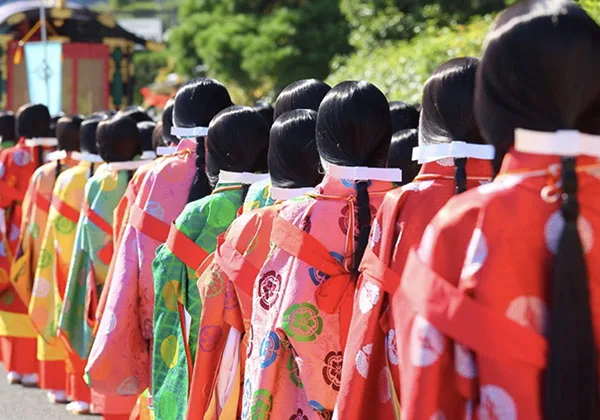
The Saio (unmarried imperial consort or queen) was sent to Ise Jingu Shrine to serve as a representative of Amaterasu when a new emperor acceded to
the throne.
Yabusame
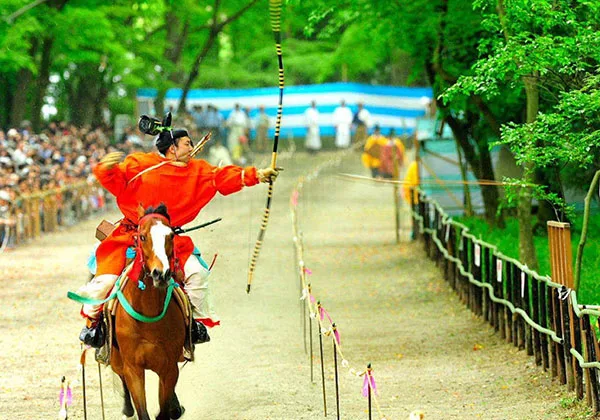
It is an ancient Japanese art of archery and horsemanship. It is a type of horsemanship practiced in samurai society, in which the target is hit with a Kabura-arrow while riding a galloping horse.
Shugyoso
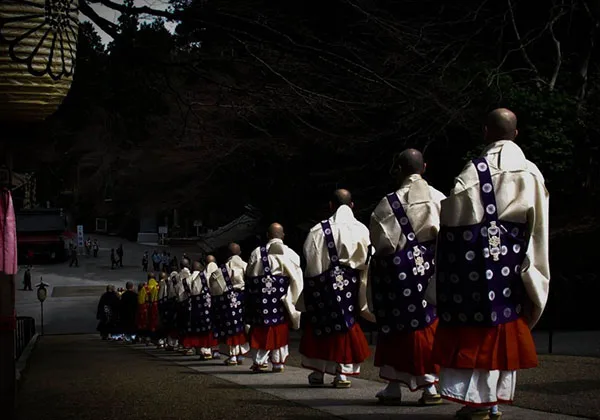
A monk who studies the teachings of Buddha and practices asceticism in order to attain enlightenment. In common parlance, a person who repeats actions that are not effortless in order to achieve a certain goal.
1200 years of light

Event where monks pray for a bright future after 1200 years of darkness.
Chaya

A tea house or tea room is an establishment that primarily serves tea and light meals. (Sometimes called a teahouse, chakan, teahouse, chabo, charyo, etc.)
Torokko Densya

This is a sightseeing train that runs leisurely while enjoying the seasonal
changes of Sagano, such as fresh greenery and autumn leaves.
Ojizo-san

Japanese Buddhist deity. Known for protection and granting wishes.
Jingu Gaien-Ochiba Garden
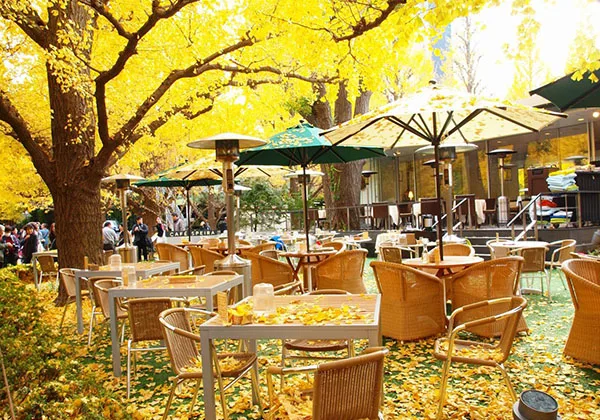
It is the symbol of the city and a very beautiful and popular place as the gingko trees change colors.
Hibiya
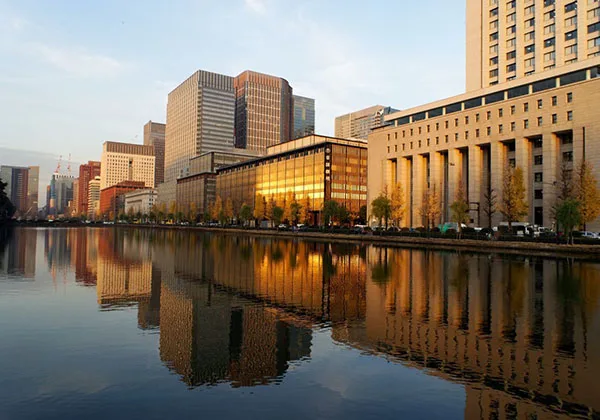
Hibiya Located in front of the Imperial Palace in one of Japan’s leading business districts, it is no exaggeration to say that it is the center of Japan.
Visit to a shrine or temple
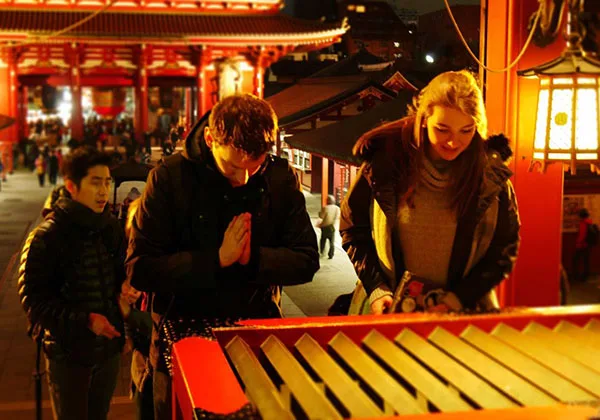
Money dedicated to a deity or Buddha as thanks for the fulfillment of a prayer.
Seven Gods of Fortune
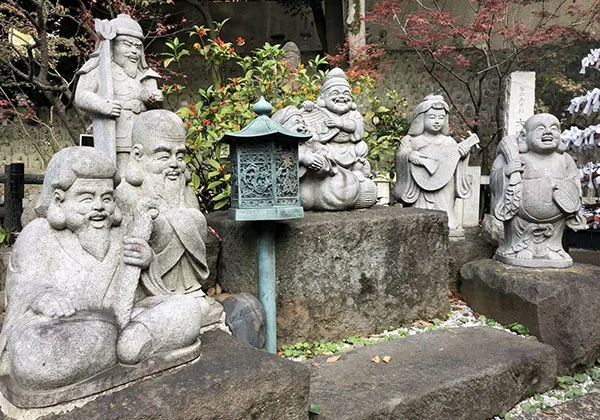
The Seven Lucky Gods are seven deities known as lucky charms.
Sea of clouds Cafe

Why not experience the spectacular view of the sky, where you can feel as if you are riding on a sea of clouds.
